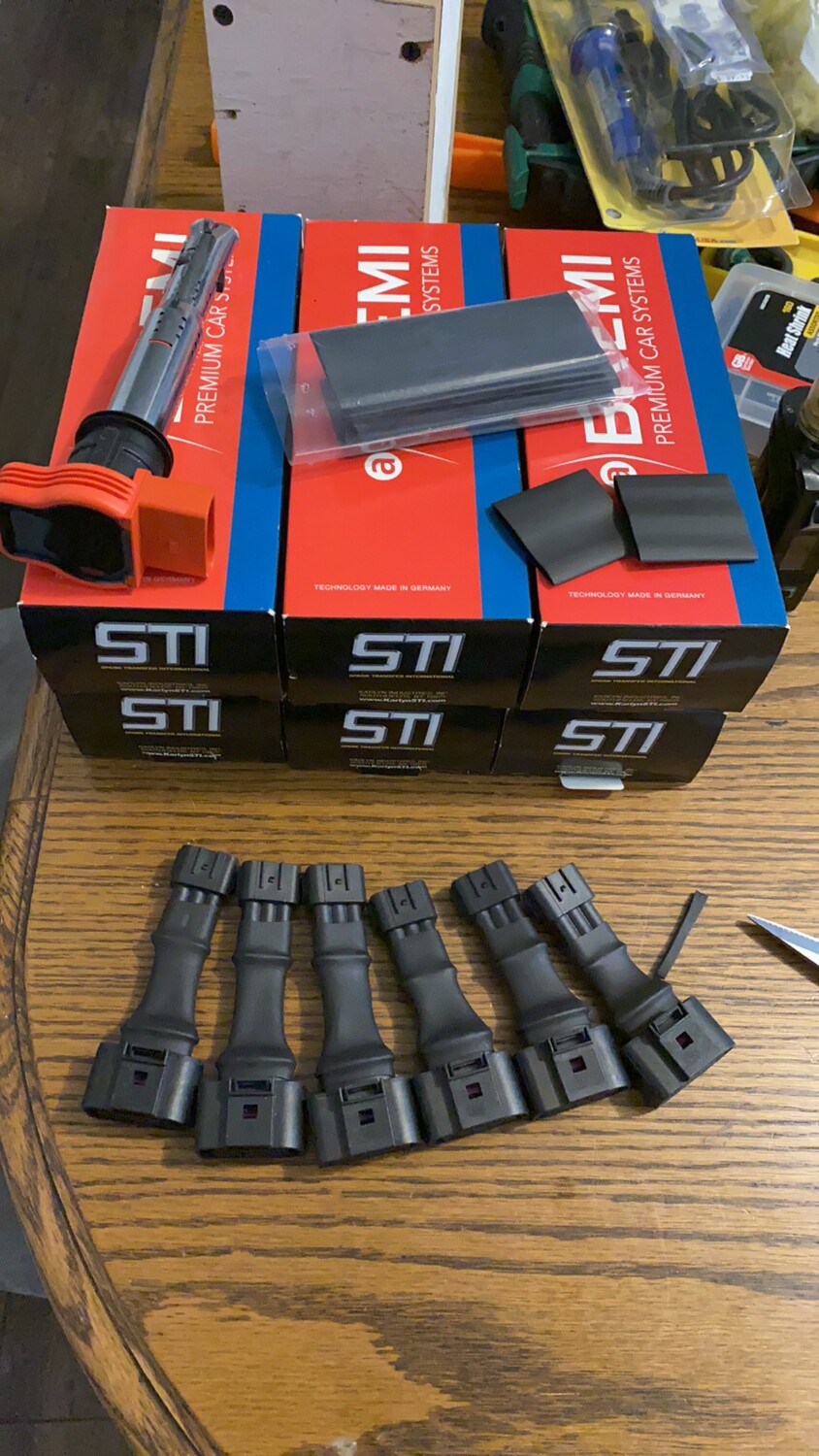Owner: Christopher Kassie
Year: 2002
Model: Maxima
Color: Merlot
Transmission: 6-Speed Manual
Trim: SE


















![]()
Owner: Christopher Kassie
Year: 2002
Model: Maxima
Color: Merlot
Transmission: 6-Speed Manual
Trim: SE


















![]()
my4dsc.com is officially 5yrs old today. In a new age of Facebook groups and dying forums, my4dsc.com is the # Nissan Maxima source in existence growing by the day. Thanks for all the love and support. Stay tuned for official decals and merch coming soon on the website.

![]()
The mixture ratio feedback control system monitors the mixture ratio signal transmitted from air fuel ratio (A/F) sensor 1. This feedback signal is then sent to the Engine Control Module (ECM). The ECM controls the basic mixture ratio as close to the theoretical mixture ratio as possible. However, the basic mixture ratio is not necessarily controlled as originally designed. Both manufacturing differences (i.e., mass air flow sensor hot wire) and characteristic changes during operation (i.e., fuel injector clogging) directly affect mixture ratio.
Accordingly, the difference between the basic and theoretical mixture ratios is monitored in this system. This is then computed in terms of “injection pulse duration” to automatically compensate for the difference between the two ratios.
“Fuel trim” refers to the feedback compensation value compared against the basic injection duration. Fuel trim includes short term fuel trim and long term fuel trim.
“Short term fuel trim” is the short-term fuel compensation used to maintain the mixture ratio at its theoretical value. The signal from air fuel ratio (A/F) sensor 1 indicates whether the mixture ratio is RICH or LEAN compared to the theoretical value. The signal then triggers a reduction in fuel volume if the mixture ratio is rich, and an increase in fuel volume if it is lean.
“Long term fuel trim” is overall fuel compensation carried out long-term to compensate for continual deviation of the short term fuel trim from the central value. Such deviation will occur due to individual engine differences, wear over time and changes in the usage environment.
![]()
This is the OEM Exhaust Manifold Stud and nut found in the cylinder head of all VQ35DE engines.



![]()
Community Member Credit: Rico Rodriguez
Big shout to Rico for spending countless hours in finding a cost-effective solution to coilpacks for the VQ35DE engine. This also works on other models and years.
For those that don’t know, Audi coilpacks are stronger and better than Nissan coilpacks. They add better mpg and more HP/TQ. It works on bone stock vehicles or highly modified vehicles. Just rewire the OEM pigtails to Audi pigtails, plug it in and play!
Nissan Coilpack only has 1 coil. Audi has 2 coils as you can see in the picture below. By having 2 coils it doubles the spark output and can easily handle spark blow out that turbocharged vehicles suffer from. Because it’s outer exterior has a metal body it can dissipate heat ALOT quicker than Nissan rubber which helps with heat cycling. It’s also cheaper than OEM Nissan Coilpacks.

Audi R8 Coil Pack Advantages:
Now the coil packs price varies due to different name brands. They range from $132-$216 for a V6 engine. Below is the link of the coil packs below so you can see the prices and brands. Doesn’t matter which brand you use, I’ve tested them all and they all make the same exact power.
Order Link: https://www.nedautoparts.com/search?q=Audi+coilpack

Installed a 2003 Nissan Maxima (Credit: Altaf Rahaman)
Important Note: The 02-08 DE Manifold requires NWP spacers.


Important Note: The 2nd Gen Engine does not require spacers. Straight plug-n-play.

You can also purchase the adapters directly from Rico. Below are the prices.


Create Connectors using O2 Plugs (Credit: Rob Tilley)
Finally got my R8 coils installed today and I must say it was definitely worth the time and money I spent. I installed them on my turbo 350z running 15psi with #7 plugs. Car runs so much smoother, especially under boost. It’s a totally different car. I used o2 plugs from a 02/03 Maxima to make the adapters for the plug. Just have to file down the alignment guide on the outside of the blue connector.



Make your Own Clean Connectors using new Plugs: https://www.my4dsc.com/audi-r8-coilpacks-installed-on-nissan-maxima-vq35de-make-your-own-plug-n-play-connectors/






![]()